Export- and investment-led growth is fraught with risks.
A research report by Associate Professor Dr. Pham The Anh, National Economics University, shows that while in the early 1990s the proportion of goods and services exports in Vietnam's GDP was only about 30%, this figure increased to over 50% in the 2000s and over 80% in recent years, becoming one of the countries with the largest trade openness in the world. To serve the export target, Vietnam has participated in negotiations, signed and implemented a series of new generation trade agreements with important economic partners.
Preferential policies on land, taxes, business environment improvement... continue to be implemented to attract foreign investment. In the first 9 months of 2025, the total foreign investment capital registered in Vietnam including: newly registered capital, adjusted registered capital and capital contribution value, share purchase by foreign investors reached 28.54 billion USD, up 15.2% over the same period last year.
However, Dr. Nguyen Duc Hien, Deputy Head of the Central Policy and Strategy Committee, stated that Vietnam's economy is heavily dependent on FDI. Mr. Hien demonstrated: "The FDI sector only contributes about 20% to Vietnam's GDP, but FDI exports from Vietnam to other countries account for over 71% and only create 10% of jobs in the total domestic workforce (ie, Vietnam's total annual export turnover, including FDI exports, is largely FDI). Not to mention that recently, the cash flow of ownership payments abroad has tended to increase sharply - that is, FDI investors, after investing in business in Vietnam, transfer the cash flow back to the investor country. Therefore, although Vietnam's GDP has grown quite well, economic resources have not increased correspondingly."
Prof. Dr. Hoang Van Cuong, member of the Prime Minister's Policy Advisory Council and member of the National Assembly's Economic and Financial Committee, also gave evidence: "Our exports reached 500 billion USD, but Vietnam only retained about 100 billion USD - that is 20%. So we are growing for the world ."
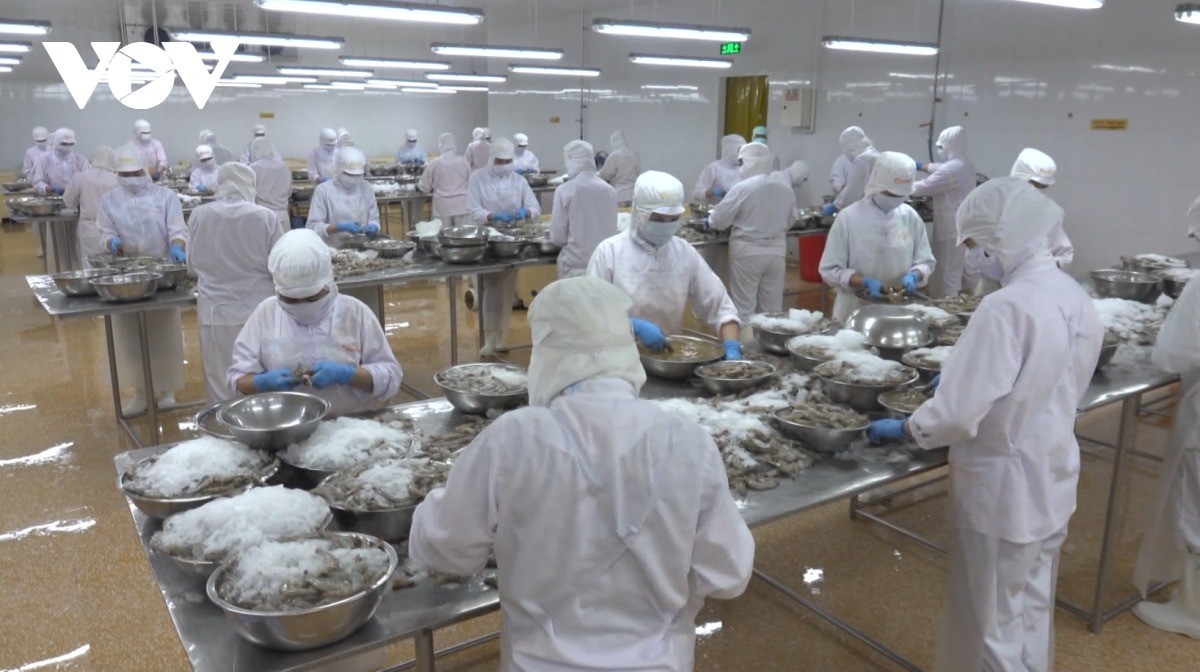
Vietnam's export- and investment-based growth model is facing many challenges.
It can be seen that Vietnam's growth model based on exports and investment is exposing many risks when depending on large markets such as the US, EU or Japan. In addition, trade tensions between countries combined with the US's reciprocal tariff policy have caused great disadvantages for Vietnam's key export industries such as textiles, footwear, wood, food processing..., which poses new challenges for Vietnam's traditional growth model. If it continues with the traditional growth model and is subject to high risks from tariff barriers from other countries, Vietnam will find it difficult to achieve its high growth target and escape the middle-income trap.
What growth model for Vietnam's economy?
Vietnam's growth rate in recent years is considered quite impressive, however the value left for Vietnam is very low.
According to Prof. Dr. Hoang Van Cuong, although the total FDI capital registered annually in Vietnam is very high, the economy is only processing and assembling, so the added value is low - only 8%. Vietnam is in the golden population period, if it continues to maintain like this, the labor force will only revolve around the processing and assembling stage (the stage with the lowest value in the value chain), leading to missed opportunities to improve skills and increase labor productivity.
“If we do not change soon, the economy will fall into the middle-income trap. Therefore, we must change the growth model - that is, switch to a new growth model to increase the value of Vietnam,” Professor Cuong emphasized.
The question is whether Vietnam should continue to pursue the traditional growth model based on exports and investment. If the growth model is to be renewed, how should it be renewed?
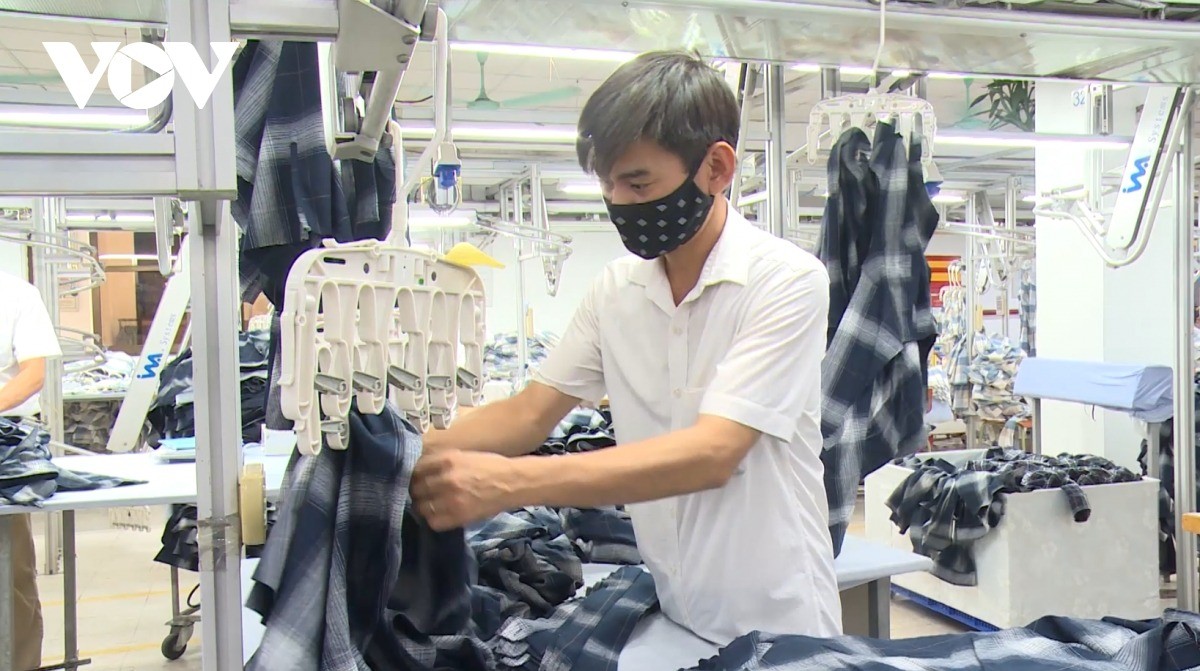
Innovation in the growth model will help Vietnam's economy develop sustainably.
According to Mr. Tran Quoc Khanh, Permanent Member of the Prime Minister's Policy Advisory Council, former Deputy Minister of Industry and Trade , Vietnam has had a successful international economic integration process over the past 30 years, typically with import-export turnover increasing nearly 60 times and as a result, Vietnam has a strong economic growth model based on exports. However, after 2008, due to the impact of the global economic recession originating from the collapse of the US financial market, Vietnam's economy also faced a crisis.
At that time, there were opinions about changing Vietnam's economic growth model. The State considered solutions but still decided to continue the growth model based on export and investment but on the basis of rapidly diversifying export markets by signing FTA Agreements and this solution has proven its correctness in helping Vietnam's economy achieve good growth as it does now.
In the current context of globalization, Vietnam's exports are greatly affected by reciprocal taxes from partner countries. Mr. Khanh commented that Vietnam can continue to maintain the export-based growth model, but exports must certainly take a completely new path compared to before by increasing the content of Vietnamese enterprises in export value.
“In addition to exports, it is necessary to consider a more balanced growth model, which is domestic demand growth. Domestic demand includes two issues: public investment - which can stimulate economic growth but also brings certain risks to the macro economy (due to its relation to the efficiency as well as promoting the benefits of public investment projects for society. If public investment projects are ineffective, it will create a burden for the economy both now and in the future, leading to a long-term slowdown in economic growth). The second is based on the consumption demand of the population - this is the most sustainable domestic demand. For domestic demand, there should be policies to stimulate the demand of the population, for example, considering reducing personal income tax. The third is to gradually increase the value-added ratio of Vietnamese enterprises in the value chain of FDI. To do that, we must proactively approach from the beginning to create a position for Vietnamese enterprises in the value chain in the high segment. In particular, it is necessary to shift from "From passive international economic integration to autonomous and selective integration," Mr. Khanh emphasized.
With the determination to move the country forward in the new era, the Politburo has issued very important and breakthrough Resolutions such as: Resolution No. 57 on breakthrough in science and technology development; Resolution 59 on international integration in the new situation; Resolution 66 on innovation in law-making and enforcement to meet the requirements of national development in the new era and Resolution 68 on private economic development - these are all fundamental institutional pillars, creating strong momentum to move our country forward in the new era, realizing the vision of a developed, high-income Vietnam by 2045.
It is necessary to urgently and effectively implement the Resolutions, on the basis of removing legal barriers to pave the way for business and science and technology development, creating favorable conditions for businesses to innovate and produce sustainable business, confidently participating in the global value chain. Thus, Vietnam does not need to be too dependent on the growth model based on exports and investment for high growth - but will grow the economy from the country's own internal strength.
Source: https://baolaocai.vn/mo-hinh-tang-truong-moi-chia-khoa-de-viet-nam-thoat-bay-thu-nhap-trung-binh-post885013.html


![[Photo] Da Nang: Shock forces protect people's lives and property from natural disasters](https://vphoto.vietnam.vn/thumb/1200x675/vietnam/resource/IMAGE/2025/10/22/1761145662726_ndo_tr_z7144555003331-7912dd3d47479764c3df11043a705f22-3095-jpg.webp)


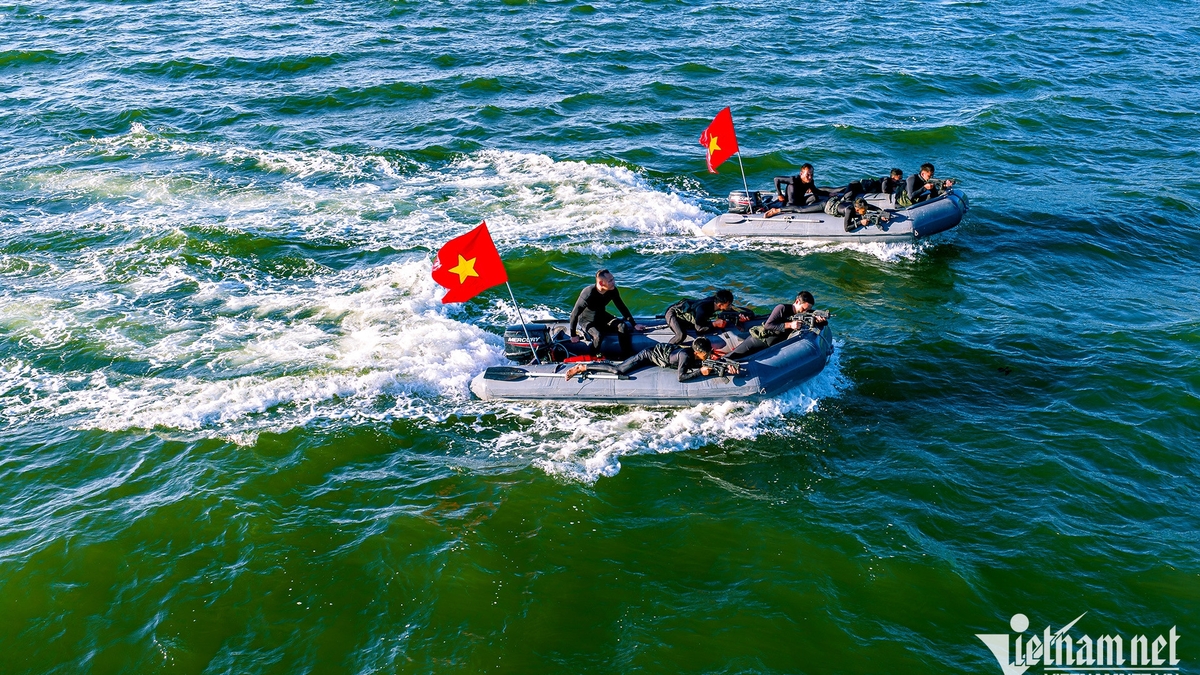

![[Photo] Prime Minister Pham Minh Chinh chairs meeting on nuclear power plant construction](https://vphoto.vietnam.vn/thumb/1200x675/vietnam/resource/IMAGE/2025/10/22/1761137852450_dsc-9299-jpg.webp)
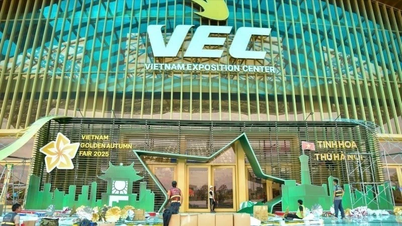



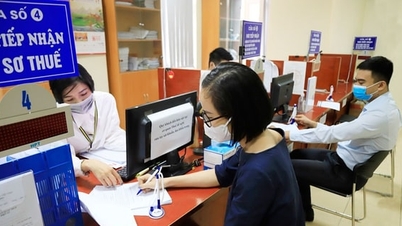
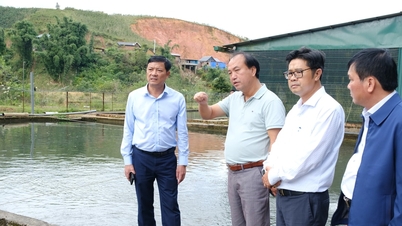

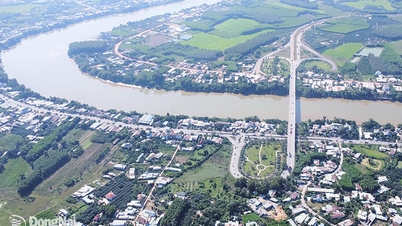





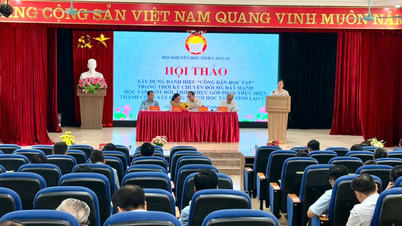
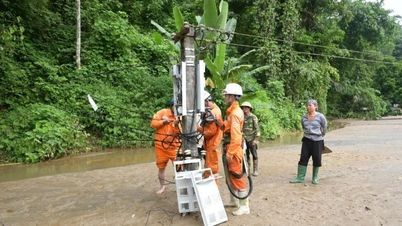


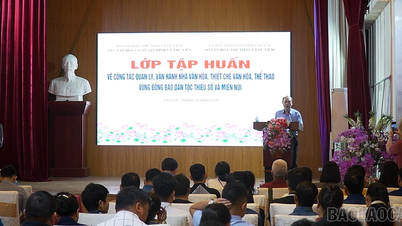

























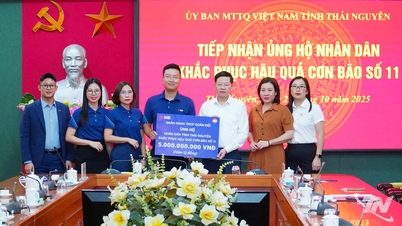



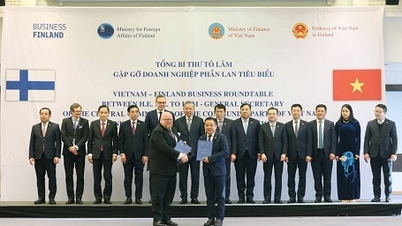











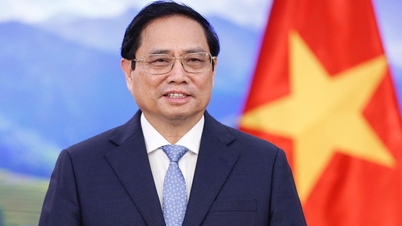

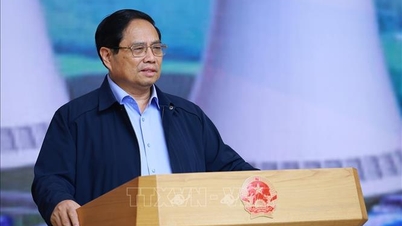




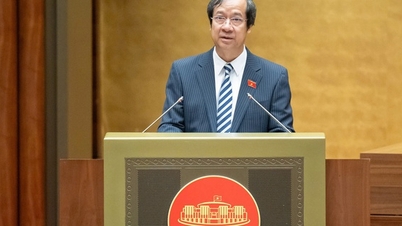


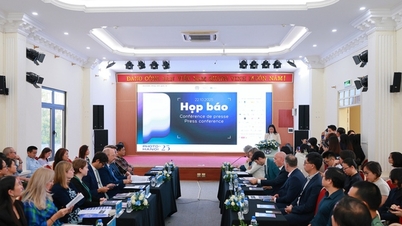

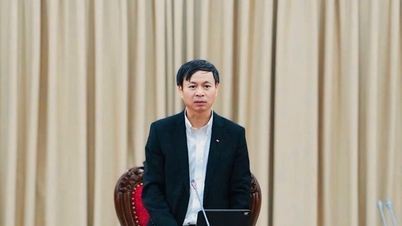


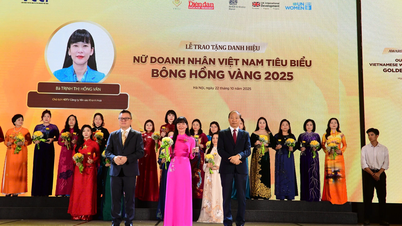

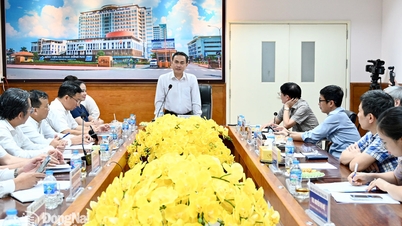



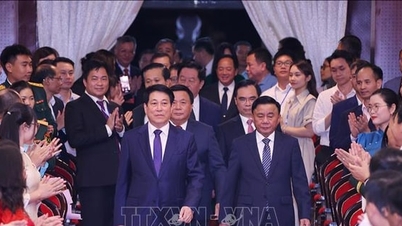















Comment (0)